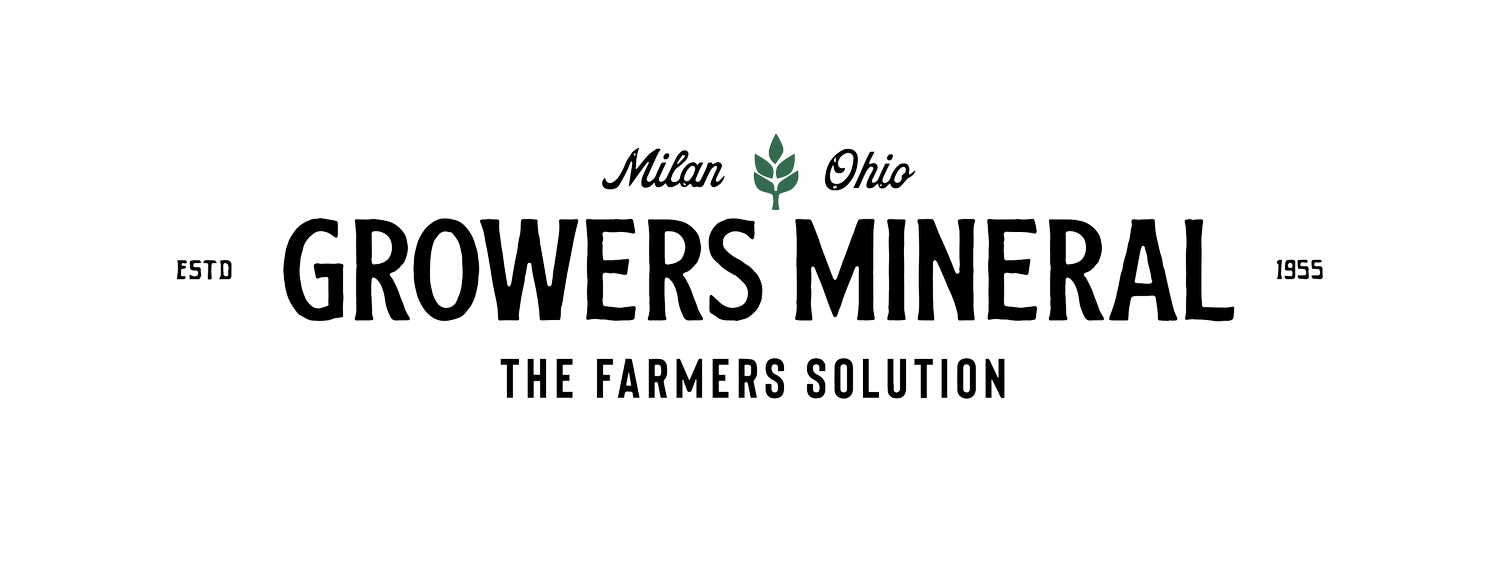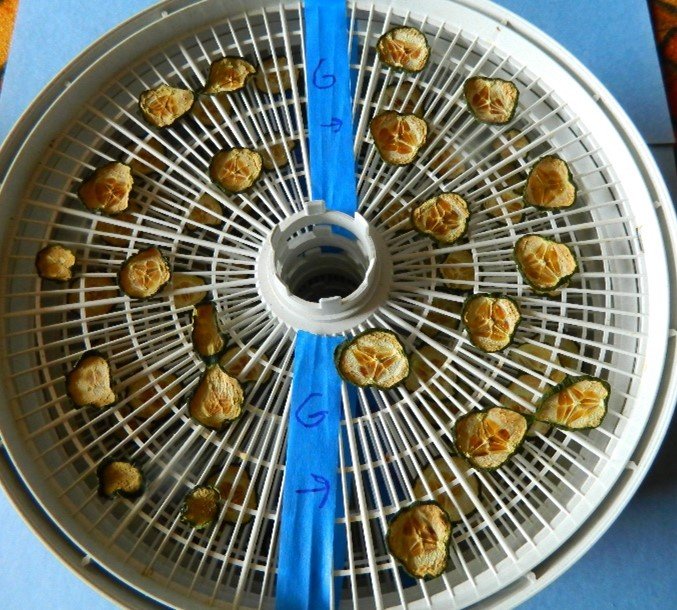A Unique Multi-Level Test
The prime directive of the GMS research and education team is whenever possible to show a test trial in multiple ways. It is rare to obtain so much data in so many ways in a production ongoing production setting. In 2020 we found such a setting in a hydroponic fish operation.
While the lettuce part of the operation was sustained from circulating water through the fish tanks, the nutrition density was not enough to grow the tomatoes and cucumber part of the operation.
Approached with a desire to use GMS to increase the needed nutrients for the fruiting part o f the operation the owner decided to split the production area into 2 parts with GMS on one side and a conventional recommended fertilizer program on the other.
The conventional program loaded up with a high potassium 5-12-26 with trace minerals base fertilizer along with a healthy dose of calcium nitrate, even 3 different forms of iron was used. Together the TDS of the water going to these tomatoes was 1750 at an acid reduced pH of 5.8.
On the GMS side we started out with a TDS 1200 and a pH averaging 7. No acid was added.
Once the cucumbers were in production the grower pulled sample from both sides and we cut and dried the samples. We knew something hugely educational was forthcoming when remove the dried cucumbers from the air dryer (fig)1. We had an interesting visual.
Fig. 1 Conventional program to the left. GMS to the right of the tape,
The conventional fertilizer had to be mixed and acidified, presented at a higher rate, yet GMS was clearly producing better numbers especially in the brix, trace elements and fat. This reveals why at drying the shrink of the samples was so different. What also is of interest is the potassium, despite almost 3 times more on the conventional mix, the result show it never makes it to the fruit. GMS dominate the trace mineral results, even the iron content despite the conventional programs 3 different forms of iron.
Yields were roughly the same with the cucumbers until suddenly one morning the conventional side started to wilt and die. The cause was mostly excessive salts in the mix. It was decided to put them on GMS and managed to save about half of the plants, the lush growth that looked impressive was their undoing. The original GMS side continued to produce a quality product for months.
This article addresses less than half of what was learned and documented. So many things we have seen over the years were further validated. Due to markets the tomatoes - cucumber area was put into lettuce production; we are grateful for the brief window of opportunity to gain much more wisdom on the value of GMS.

